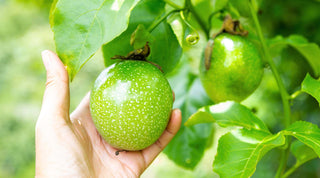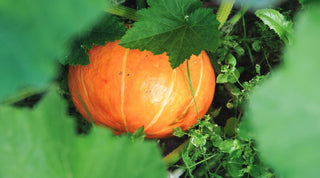Rosemary is a versatile and aromatic herb that adds a delightful flavor to a variety of dishes.
Whether you’re growing rosemary in your garden or in a pot on your windowsill, knowing how to harvest rosemary correctly is key to ensuring a continuous supply of fresh herbs. In this blog post, we’ll cover everything you need to know about how to harvest rosemary, including the best time to do it, the proper techniques, and tips for storing your harvest.
Why Harvesting Rosemary Properly is Important
Understanding how to harvest rosemary properly ensures that your plant remains healthy and productive. Improper harvesting can stress the plant, leading to reduced growth and fewer leaves. By following the right methods, you can enjoy a bountiful harvest of rosemary all year round.
When to Harvest Rosemary
The first step in learning how to harvest rosemary is knowing the right time to do it. Rosemary can be harvested at any time of the year, but the best time to harvest is during the spring and summer when the plant is actively growing. Here’s what you need to consider:
-
Plant Maturity: Wait until your rosemary plant is at least 6 months old or has reached a height of 6 to 8 inches. This ensures the plant is well-established and can handle regular harvesting.
- Morning Harvest: Harvesting rosemary in the morning is ideal as the essential oils are most concentrated at this time, providing maximum flavor and aroma.
How to Harvest Rosemary: Techniques and Tips
-
Using the Right Tools: Use clean, sharp scissors or pruning shears to harvest rosemary. This helps make clean cuts and reduces the risk of damaging the plant.
-
Cutting Stems: Select healthy stems and cut about 4 to 6 inches from the tips. Avoid cutting more than one-third of the plant at a time to prevent stress and encourage regrowth.
-
Pruning: Regular pruning not only provides you with fresh rosemary but also promotes a bushier and more robust plant. Focus on cutting stems that are older and woodier, as this encourages new growth.
- Avoid Cutting Too Low: When learning how to harvest rosemary, it’s important to avoid cutting the stems too close to the base of the plant. Leave at least 2 to 3 inches of stem above the woody part to ensure regrowth.
Storing Freshly Harvested Rosemary
Once you’ve mastered how to harvest rosemary, the next step is proper storage to maintain its freshness and flavor. Here are some tips for storing fresh rosemary:
-
Short-Term Storage: Place freshly cut rosemary stems in a glass of water, much like you would with cut flowers, and store it in the refrigerator. This method keeps the rosemary fresh for up to two weeks.
-
Drying: Drying rosemary is an excellent way to preserve it for long-term use. Tie the harvested stems into small bundles and hang them upside down in a dark, well-ventilated area. Once the rosemary is completely dry, strip the leaves from the stems and store them in an airtight container.
- Freezing: Another option is to freeze rosemary. Spread the leaves on a baking sheet and place them in the freezer. Once frozen, transfer the leaves to a freezer-safe bag or container. Frozen rosemary retains its flavor for several months and can be used directly from the freezer.
Using Harvested Rosemary
Now that you know how to harvest and store rosemary, here are some ways to use it:
-
Culinary Uses: Add fresh or dried rosemary to soups, stews, roasted vegetables, meats, and bread. Its robust flavor pairs well with a variety of dishes.
-
Herbal Tea: Brew rosemary leaves in hot water to make a soothing herbal tea that can aid digestion and boost your immune system.
-
Aromatic Infusions: Infuse rosemary in olive oil or vinegar for a flavorful addition to dressings and marinades.
- Aromatherapy: Use dried rosemary in sachets or potpourri to add a pleasant aroma to your home.
Conclusion
Harvesting rosemary is a simple yet essential task for ensuring a continuous supply of this aromatic herb. By following the proper techniques and timing your harvests correctly, you can keep your rosemary plant healthy and productive. Whether you use it fresh, dried, or frozen, rosemary adds a delightful flavor and fragrance to your culinary creations and home remedies. Happy harvesting!



